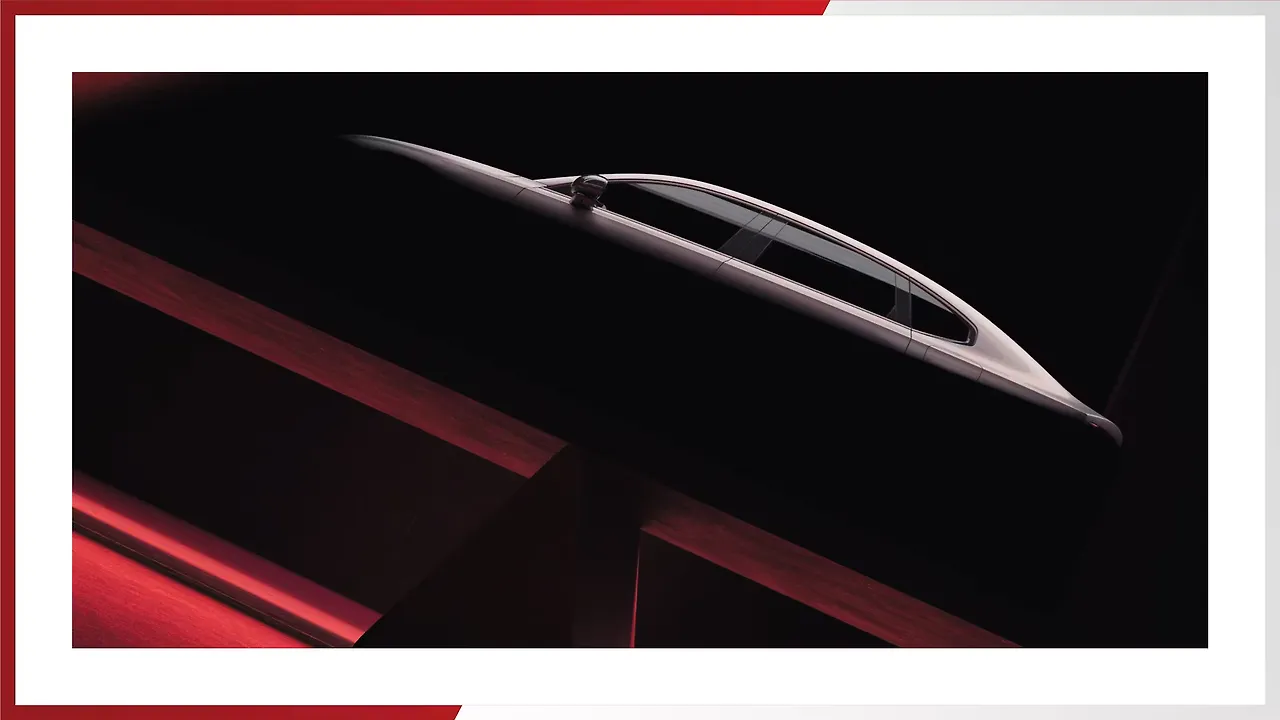
Volvo Cars has announced a new technological strategy aimed at streamlining the development of its future electric vehicles (EVs). Revealed during Volvo’s Capital Markets Day in Gothenburg, Sweden, the company introduced its Superset tech stack—a unified system of software and hardware that will form the backbone of all future electric models, starting with the EX90. This consolidated approach to technology is designed to improve performance, reduce production costs, and ensure that Volvo's vehicles continually improve over time through software updates.
The Superset tech stack will integrate core systems allowing all future cars to be developed with the same foundation of modules and functionalities. This means that updates and advancements made for one model will be carried over to others enhancing the overall quality and speed-to-market for Volvo’s product line-up. The strategy is aimed at maintaining competitive edge in the evolving EV market while reducing the need for separate, vehicle-specific engineering efforts.
SPA3 Platform
Volvo Cars’ new approach to EV design includes a closed-loop development system, which relies on real-time data, software, and core computing. This system is expected to significantly improve vehicle performance by continually updating and enhancing various features through remote software upgrades. Volvo's move towards core computing is seen as a pivotal shift, comparable to the industry's transition towards electrification, as it impacts all systems connected to the vehicle’s electronics.

The SPA3 platform is another critical element of Volvo’s future electric vehicle technology. It will serve as the base for Volvo's next-generation electric models, starting with the midsize EX60 SUV. SPA3 builds on its predecessor, SPA2, and introduces key advancements such as enhanced core computing, increased scalability, and improved performance. The modularity of SPA3 allows Volvo to produce a wide range of vehicles—from smaller SUVs to larger models—on the same platform, thus reducing production costs while increasing flexibility.
Cost Reduction
Volvo’s decision to streamline its technology with the Superset tech stack and SPA3 platform is expected to significantly lower production costs. By standardising key components such as core computing, batteries, and electric motors across multiple models, Volvo aims to improve efficiency in its manufacturing processes. The company’s Torslanda plant is being prepared to produce vehicles based on this new architecture, showcasing the move towards a more integrated and scalable production model.
This shift towards a single technology platform will also reduce the complexity of vehicle manufacturing, enabling Volvo to produce cars more quickly and cost-effectively. This is particularly important as the company pushes to increase its presence in the competitive global electric vehicle market.
Electrification Goals
In line with these technological advancements, Volvo has also adjusted its core business ambitions for the next few years. The company aims to continue outgrowing the premium car market until 2026, with a targeted EBIT margin of 7-8% for that year. Volvo plans to achieve cash flow neutrality by 2024-2025 and generate strong free cash flow from 2026 onwards.
Volvo's electrification goals remain central to its strategy. By 2025, the company expects 50-60% of its global sales to consist of electrified vehicles, including both plug-in hybrids and fully electric models. By 2030, this figure is expected to rise to 90-100%, with the remaining portion possibly being mild hybrids. In line with its sustainability commitments, Volvo also aims to reduce its carbon footprint per vehicle by 30-35% by 2025, compared to a 2018 baseline, and achieve a 65-75% reduction by 2030.
Also Read
Volvo Group, BMS College Inaugurate Cutting-Edge Flexible Material Research Centre